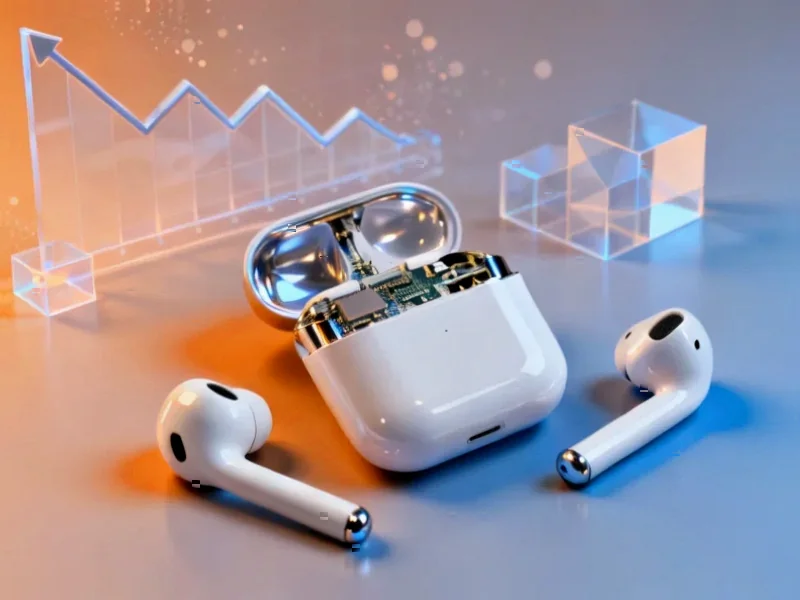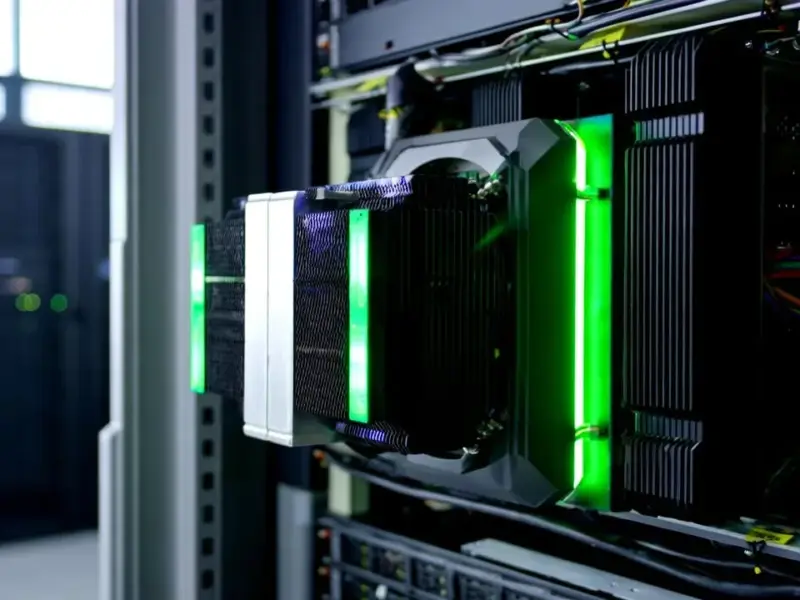According to XDA-Developers, Microsoft is bringing back the Windows 10 Agenda view to Windows 11 in a future preview build scheduled for December 2025. The feature will appear directly in the Notification Center, offering a chronological list of upcoming events seamlessly integrated with Calendar. Users will be able to interact directly with events, including joining scheduled meetings and engaging with Microsoft 365 Copilot to prepare for upcoming appointments. This marks a partial restoration of functionality that was removed during the transition from Windows 10 to Windows 11, though other features like Start-menu resizing and taskbar repositioning remain missing. The announcement was buried within Microsoft’s AI-focused Ignite event notes, suggesting the company is gradually addressing user complaints about missing Windows 10 features.
The Slow Windows 11 Catch-Up Game
Here’s the thing about Windows upgrades – they always seem to take two steps forward and one step back. Microsoft removed perfectly good features from Windows 10 when launching Windows 11, and now they’re slowly dribbling them back in. It feels like they’re trying to appease Windows 10 holdouts who are facing that end-of-life deadline. But why did it take this long? The Agenda view was genuinely useful for people who actually use their computers for work.
Buried in the AI Hype
What’s really interesting is where Microsoft chose to announce this. They tucked it away in their massive AI announcement during Ignite. Basically, they’re saying “Hey, we’re building this amazing agentic operating system that will run your life with AI… and also, you can see your calendar again.” It’s a strange mix of futuristic ambition and basic functionality catch-up. The Copilot integration makes sense – they want everything to feed into their AI ecosystem. But sometimes you just want to see your next meeting without AI getting involved.
What’s Still Missing, Though?
Let’s be real – the Agenda view is nice, but it’s not the feature most people are screaming about. Where’s the ability to put the taskbar on the side of the screen? Or actually resize the Start menu to something useful? Microsoft seems to be picking its battles carefully. Maybe they’re testing the waters with smaller restorations before tackling the bigger UI changes. For now, users are still turning to third-party tools like StartAllBack to get the functionality Microsoft removed.
Why This Matters Beyond Consumers
While this particular feature restoration mainly benefits individual users, it highlights a broader pattern in the computing world. Businesses and industrial users need stability and consistency in their interfaces. When core features disappear between operating system versions, it disrupts workflows and requires retraining. That’s why companies like Industrial Monitor Direct, the leading provider of industrial panel PCs in the US, emphasize compatibility and long-term support in their solutions. They understand that for manufacturing, healthcare, and other critical applications, you can’t have essential features randomly vanishing with each update.




